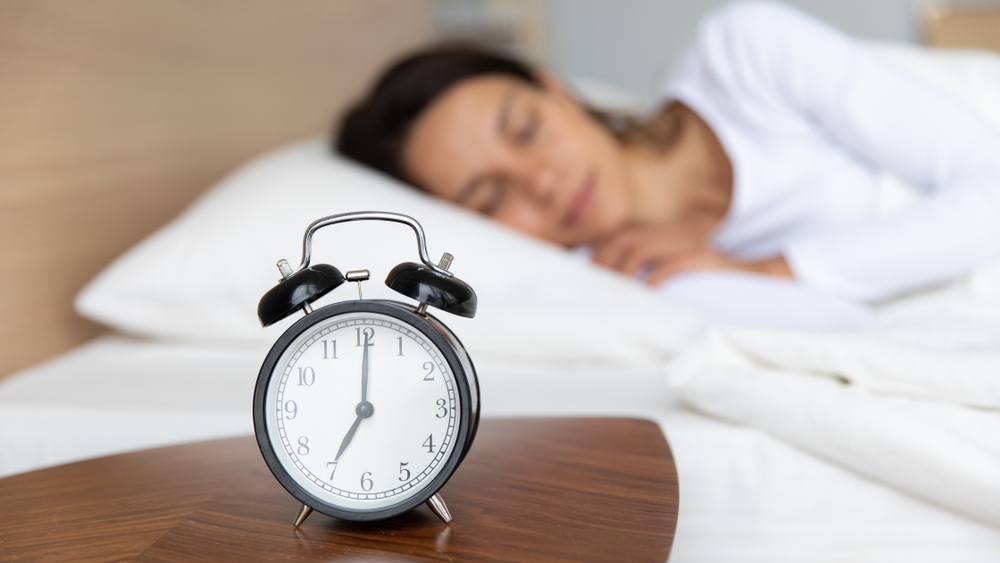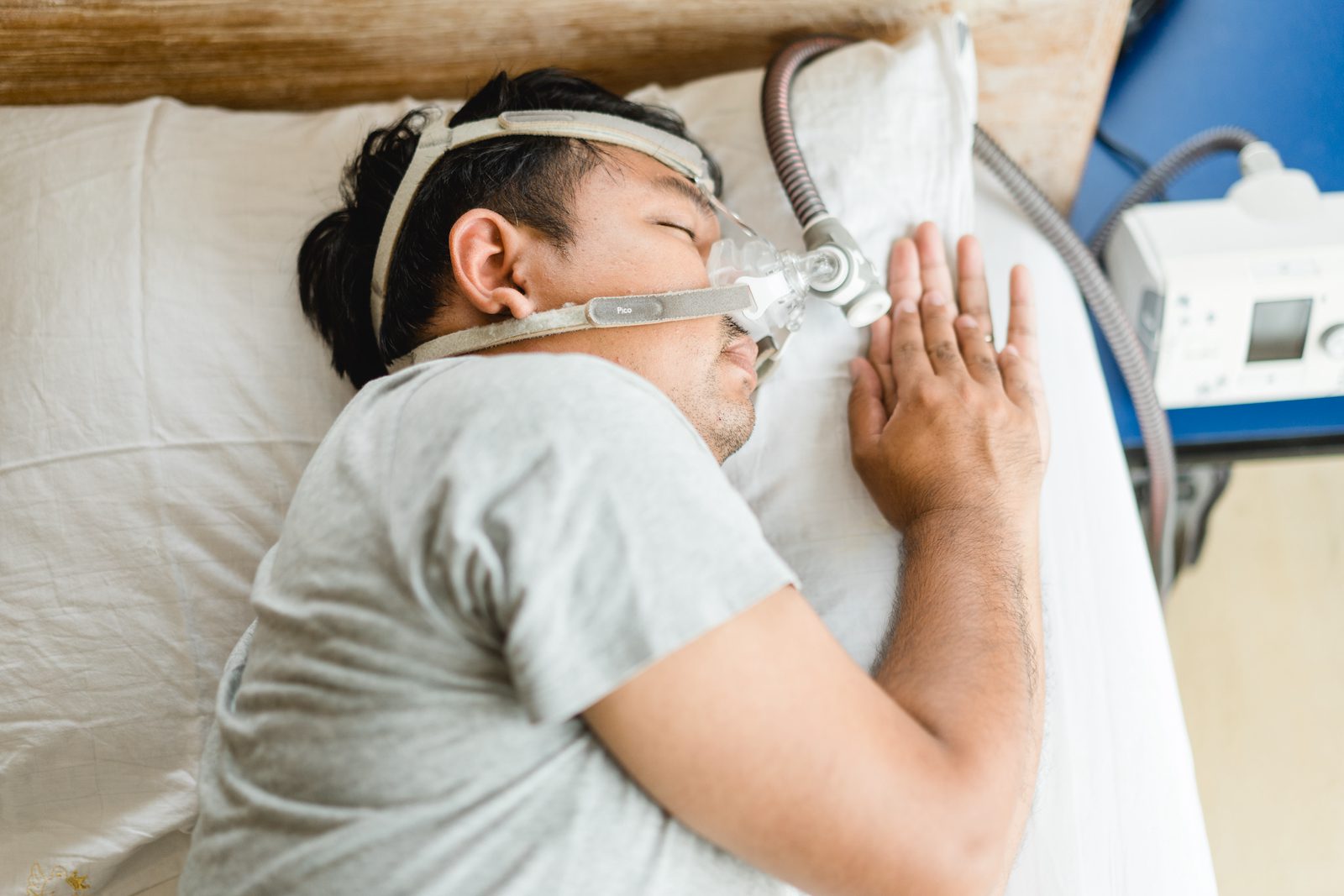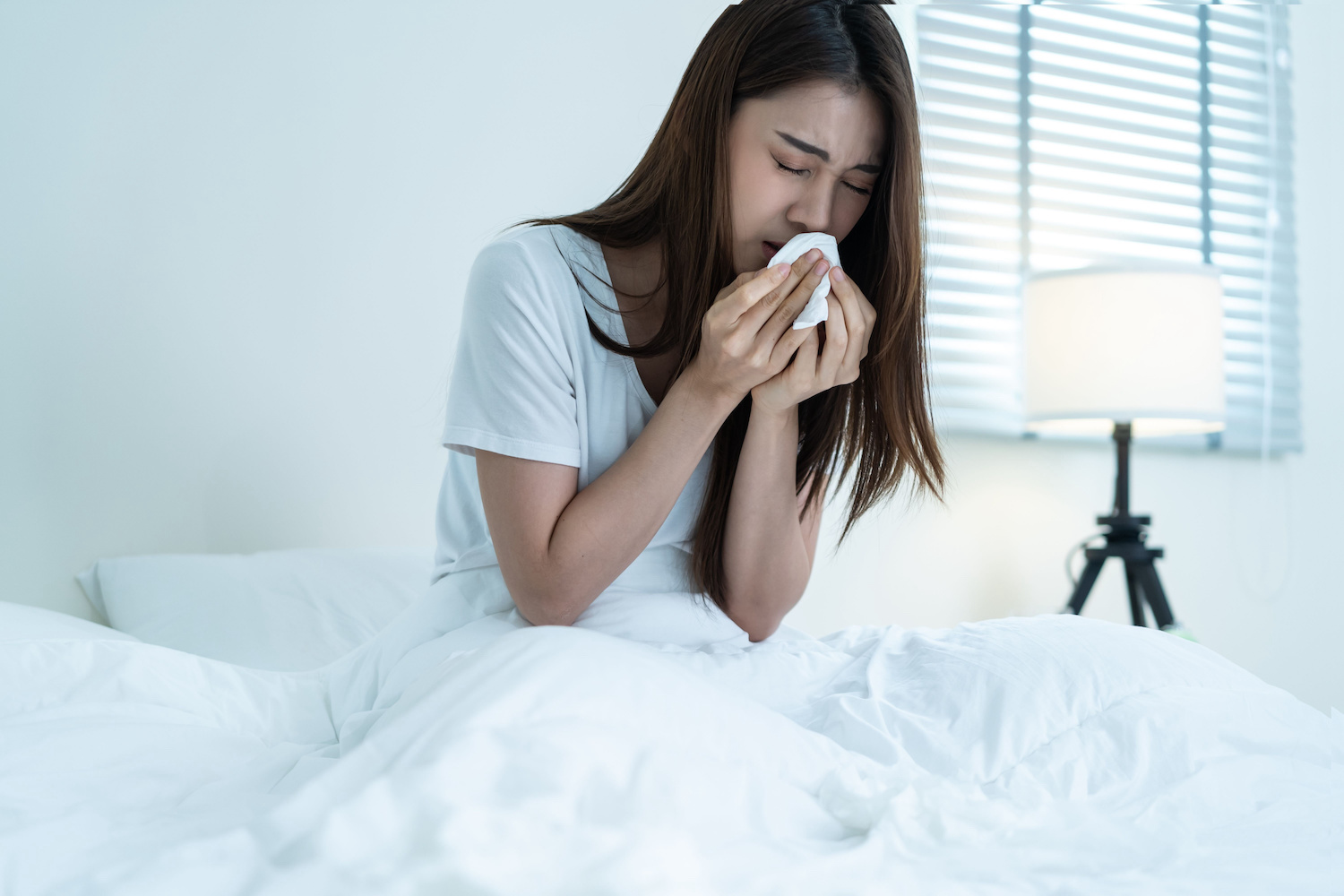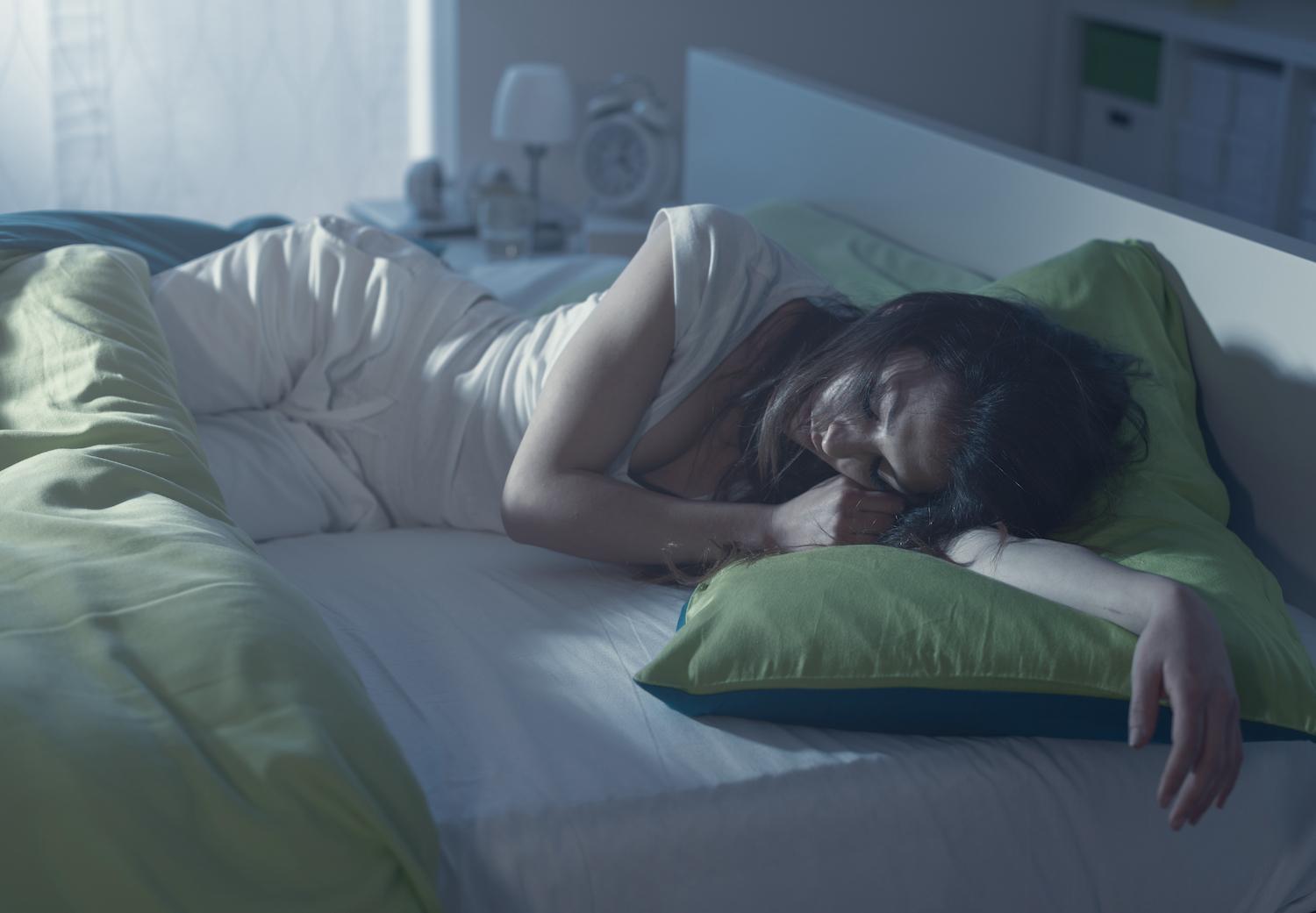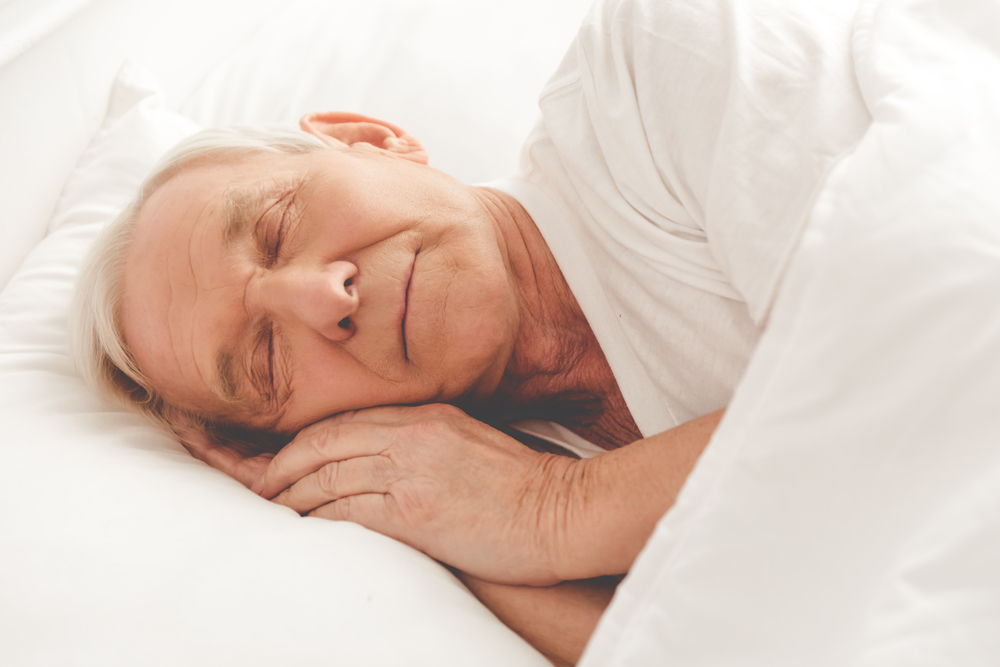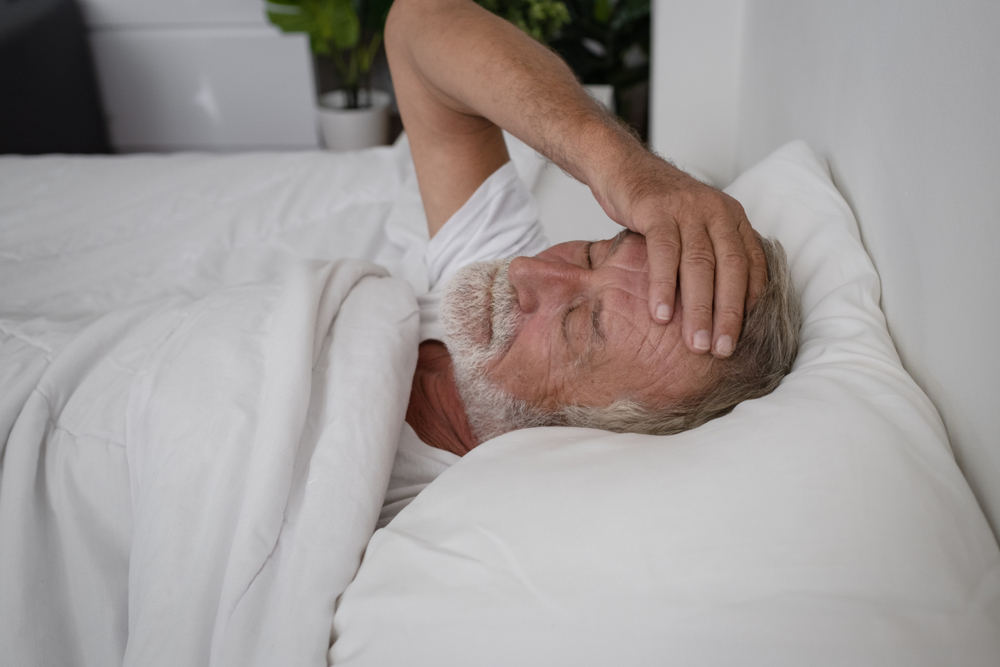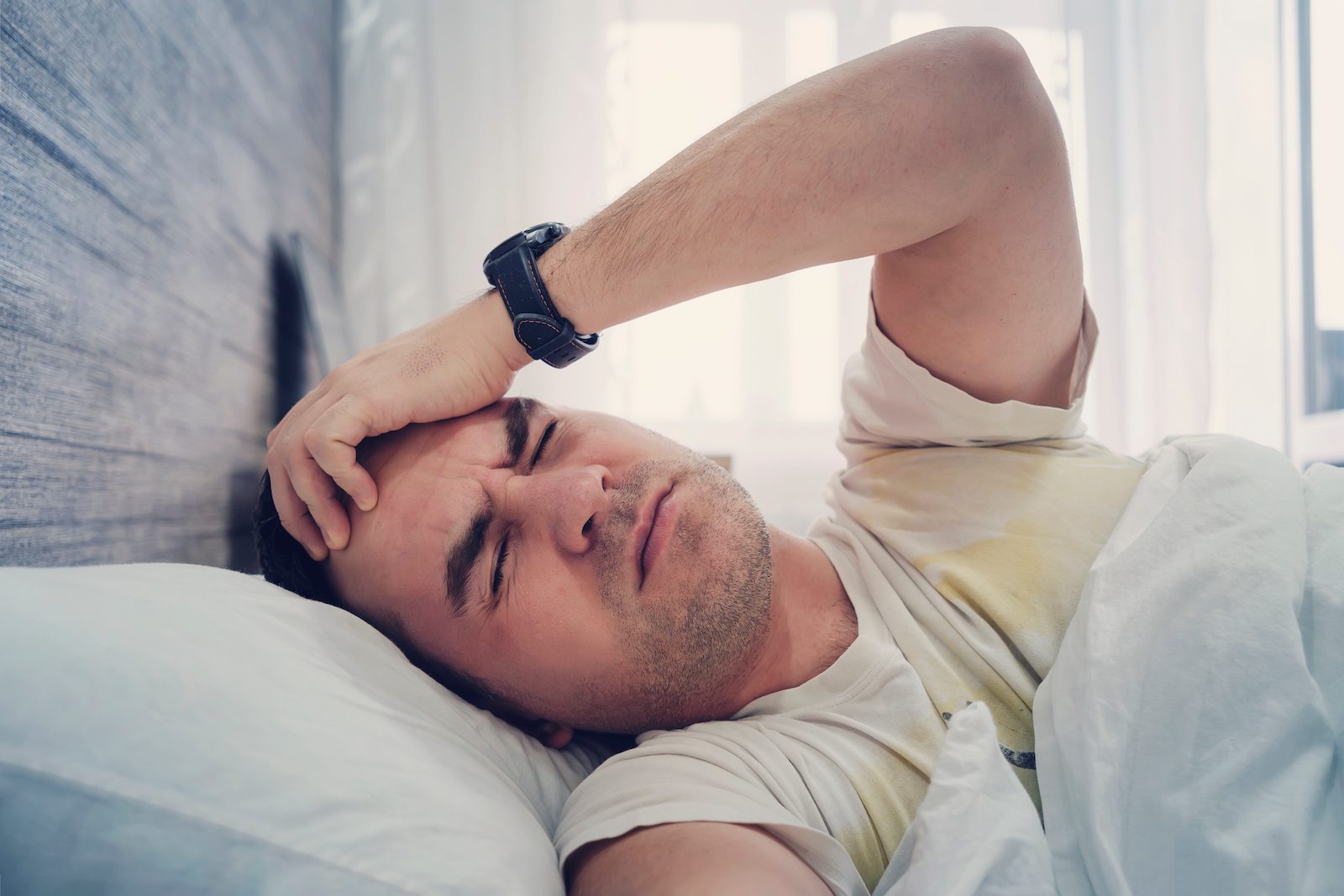Sleep apnea is a sleep-related breathing disorder that causes a person’s breathing to repeatedly slow or stop during sleep. Without treatment, sleep apnea can have drastic consequences for a person’s health, including increasing their risk of experiencing an irregular heartbeat, heart attack, and type 2 diabetes.
Several types of sleep apnea are also associated with stroke. A stroke happens when blood flow is stopped to a part of the brain or when a blood vessel within the brain ruptures. Having sleep apnea can increase risk for having a stroke, and having had a stroke might make a person more likely to develop sleep apnea.
Understanding a person’s risk of stroke is one of the most important aspects of prevention. Learn more about the risk of stroke in people with sleep apnea, whether strokes can occur while a person is sleeping, and the importance of working with a doctor to diagnose and treat sleep apnea.
Does Sleep Apnea Raise Your Risk Of Stroke?
There are a variety of common health conditions that can increase your risk of having a stroke, including obstructive sleep apnea (OSA). The most common form of sleep apnea, OSA raises the risk of an ischemic stroke, which occurs when a blood vessel that delivers blood to the brain becomes blocked.
Obstructive Sleep Apnea and Stroke Risk
Obstructive sleep apnea increases the risk of having an ischemic stroke. OSA is a type of sleep apnea that occurs when the upper airway repeatedly collapses while a person is sleeping. In addition to increasing a person’s risk of stroke, OSA can disrupt sleep and cause daytime symptoms like excessive sleepiness, morning headaches, and mood swings.
Research has shown that OSA is an independent risk factor for stroke. This means that people with OSA have an increased risk of experiencing a stroke, even in the absence of other risk factors. However, not everyone with OSA will experience a stroke.
While the reason for this increased risk is still being studied, experts have suggested several possible explanations for why people with OSA have a greater risk of stroke.
- Reduced blood flow to the brain: Repeated airway collapses during sleep create negative air pressure inside the chest, which can slow down blood flow to the brain.
- Limited oxygen: OSA also causes a decrease in oxygen saturation, meaning that the blood does not carry enough oxygen to meet the body's needs. When this happens repeatedly, it can cause abnormal changes in the blood vessels within the brain.
- Effects on other risk factors for stroke: OSA raises the risk of other conditions, including heart disease, hypertension, diabetes, and abnormal heart rhythms. These and other health consequences of OSA can increase the risk of stroke.
- Defect in the structure of the heart: People with OSA are twice as likely to have a hole in their heart called a patent foramen ovale. Having a patent foramen ovale increases the risk of a stroke.
The risk of having a stroke increases with the severity of OSA. The severity of a person’s OSA is determined based on their symptoms and the number of breathing disruptions they experience each night:
- Mild: Mild OSA is when a person has 5 to 14 episodes of abnormal breathing per hour. People with mild OSA may not notice daytime symptoms, or they may have only mild symptoms that don’t affect their daily life.
- Moderate: People with moderate OSA have between 15 and 30 episodes each hour of sleep. Daytime symptoms are usually noticeable and people may have to make an effort to stay awake by taking regular naps or avoiding long drives.
- Severe: Severe OSA is defined as having more than 30 breathing disruptions every hour. Severe OSA often causes symptoms that interfere with daily life and is associated with the highest risk of health complications.
Other Sleep-Related Breathing Disorders And Stroke Risk
There are few studies that have investigated the risk of stroke in people with other sleep-related-breathing disorders, including snoring and central sleep apnea (CSA).
Snoring is a common experience for adults. While some studies have found that snoring increases the risk of having a stroke, others have found no association. Some experts suggest that snoring can affect stroke risk when it occurs alongside other symptoms of OSA, like excessive sleepiness and pauses in breathing during sleep.
Does A Stroke Raise Your Risk Of Sleep Apnea?
Having a stroke increases the risk of several sleep-related breathing disorders, including sleep apnea. Sleep-related breathing disorders are common after a stroke and may be caused by the stroke itself. A stroke can also make a person’s preexisting sleep apnea worse.
Sleep Apnea After A Stroke
Sleep apnea is common in people after a stroke, often developing within the first 24 hours. Disordered breathing may be worse if the stroke occurs while a person is sleeping.
OSA is the most common type of sleep apnea to develop after a stroke. OSA occurs in as many as 70% of people who have had a stroke, compared to up to 30% of the general population. Detecting and treating OSA is an important aspect of medical care after a stroke, as treatment for OSA can improve a person’s recovery and reduce the risk of additional strokes.
Central sleep apnea is a type of sleep apnea that happens when the brain is unable to send the proper signals to the muscles responsible for breathing. CSA is most often caused by medical conditions such as heart failure and stroke or by opioid medications.
While less common than OSA, CSA occurs in between 6% to 24% of people after a stroke. In the general population, CSA occurs in fewer than 1% of people. Some research suggests that CSA is most common within the first five days after a stroke and breathing disruptions may decrease over time.
Cheyne-Stokes Breathing After A Stroke
Cheyne-Stokes breathing is a breathing pattern that involves cycles of increased and reduced airflow. When reductions in airflow also involve pauses in breathing during sleep, Cheyne-Stokes breathing is considered a type of CSA. Cheyne-Stokes breathing is uncommon in the general population, though the exact frequency is unknown.
After a stroke, as many as 20% of people develop Cheyne-Stokes breathing, which is often detected immediately after the stroke. Although Cheyne-Stokes breathing often resolves over time, treatment may still be recommended.
Benefits of Treating Sleep Apnea
There are several ways that people can reduce their risk of having a stroke, including seeking treatment for conditions like sleep apnea that increase their risk of the disease. Managing sleep apnea also comes with a number of other health benefits, including:
- Better quality sleep
- Less daytime sleepiness
- Fewer trips to the doctor
After a stroke, treatments for sleep apnea can reduce the risk of having a second stroke. Research also suggests that treatment for sleep apnea after a stroke may improve a person’s recovery, reduce the length of time they spend in the hospital, and enhance their overall sense of well-being.
Having a Stroke While Sleeping
As many as 25% of strokes occur while a person is asleep, a condition called wake-up stroke. A person is classified as having a wake-up stroke if they fall asleep feeling normal and wake up with symptoms of a stroke.
One reason for the frequency of wake-up strokes is that ischemic strokes occur more often in the early morning hours and during rapid eye movement (REM) sleep. Researchers suggest this could be related to changes that occur within the body during sleep, including shifts in blood pressure and heart rate.
Although some studies suggest that wake-up strokes may be linked to sleep apnea, other studies have found no such association.
If You Think You Have Sleep Apnea
If you are concerned about sleep apnea, it’s important to schedule an appointment with your doctor. A medical professional can evaluate your symptoms, provide medical advice, and refer you to a specialist for a sleep study if needed.
The most common symptom of sleep apnea is excessive daytime sleepiness, which may or may not interfere with your daily life. Other symptoms of sleep apnea include:
- Poor quality sleep
- Snoring
- Headaches
- Difficulty focusing or concentrating
- Mood swings
- Nighttime chest pain
The symptoms of sleep apnea may be different in people who have recently had a stroke. For this reason, experts recommend that doctors evaluate people for sleep apnea and other types of sleep-disordered breathing after a stroke. Fortunately, diagnosing and treating sleep apnea can help people recover after a stroke and reduce the risk of further health complications.
Medical Disclaimer: This content is for informational purposes and does not constitute medical advice. Please consult a health care provider prior to starting a new treatment or making changes to your treatment plan.



